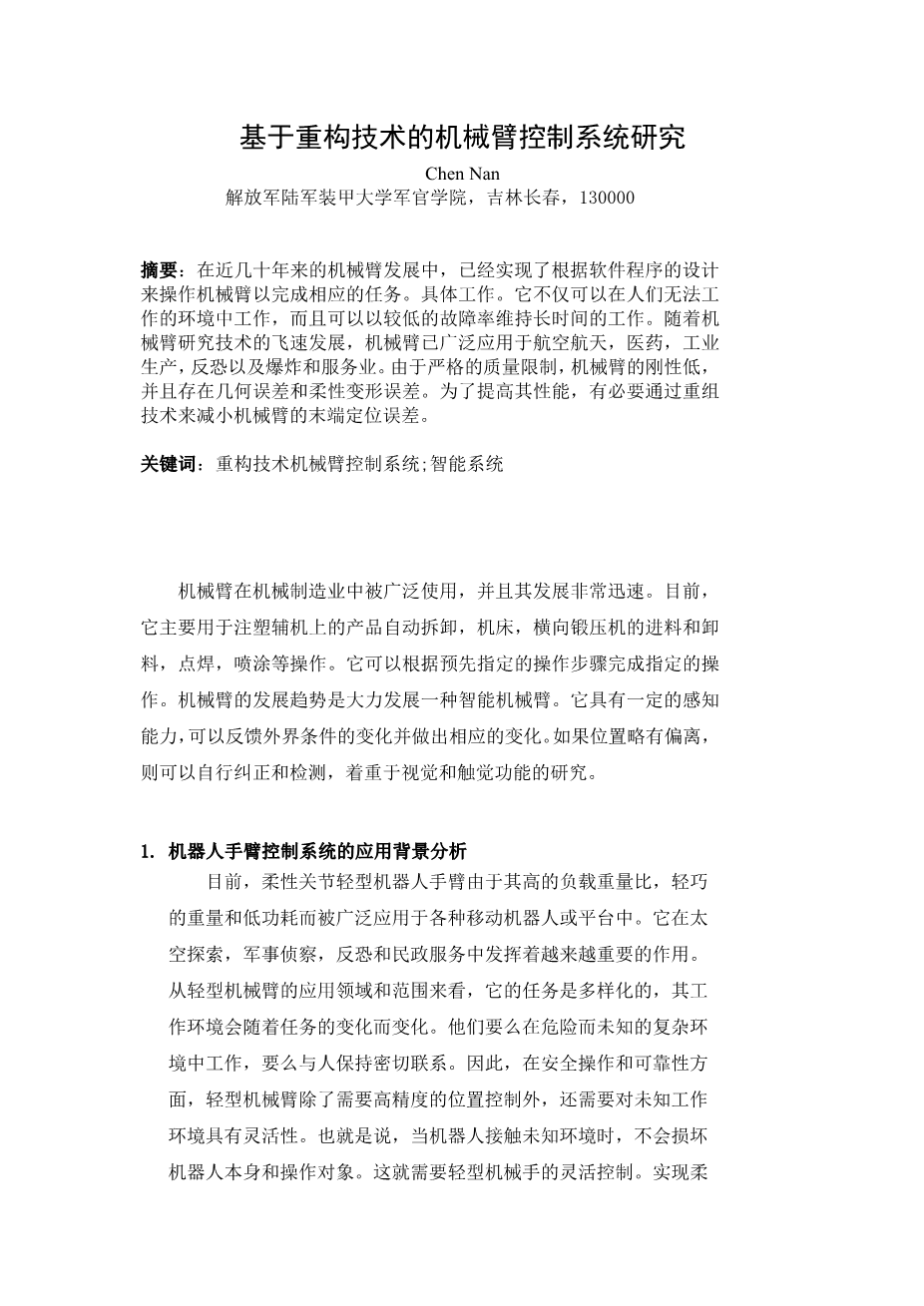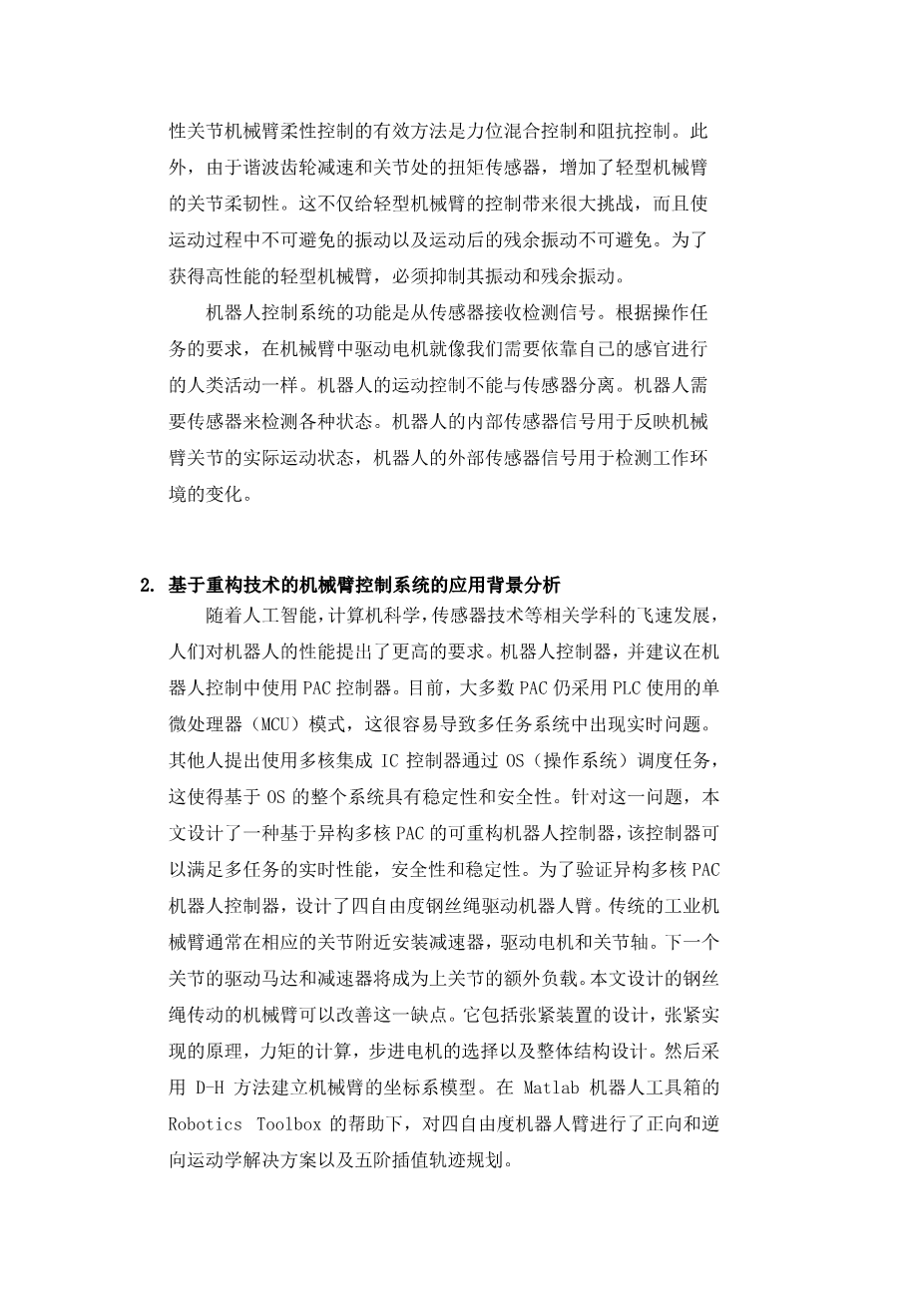Hand Gestures Recognition Based on One-Channel Surface EMG Signal*
Junyi Cao1, Zhongming Tian2, Zhengtao Wang3#
1Xirsquo;an Jiao Tong University, Xirsquo;an, China
2Chongqing University, Chongqing, China
3Sun Yat-sen University, Guangzhou, China
Abstract
This paper presents an experiment using OPENBCI to collect data of two hand gestures and decoding the signal to distinguish gestures. The signal was extracted with three electrodes on the subiectrsquo;s forearm and transferred in one channel. After utilizing a Butterworth bandpass filter, we chose a novel way to detect gesture action segment. Instead of using moving average algorithm, which is based on the calculation of energy, We developed an algorithm based on the Hilbert transform to find a dynamic threshold and identified the action segment. Four features have been extracted from each activity section, generating feature vectors for classification. During the process of classification, we made a comparison between K-nearest-neighbors (KNN) and support vector machine (SVM), based on a relatively small amount of samples. Most common experiments are based on a large quantity of data to pursue a highly fitted model. But there are certain circumstances where we cannot obtain enough training data, so it makes the exploration of best method to do classification under small sample data imperative. Though KNN is known for its simplicity and practicability, it is a relatively time-consuming method. On the other hand, SVM has a better performance in terms of time requirement and recognition accuracy, due to its application of different Risk Minimization Principle. Experimental results show an average recognition rate for the SVM algorithm that is 1.25% higher than for KNN while SVM is 2.031 s shorter than that KNN.
Keywords
Electromyography (EMG), Gesture Recognition, Hilbert Transform,
K-Nearest-Neighbors (KNN), Support Vector Machine (SVM)
1.Introduction
Hand gestures are involved in many aspects of human life, including games, medical care, education and shopping. Hand gesture recognition refers to the process that a computer automatically detects and analyzes the measured bioelectrical signals in order to identify hand gestures of an individual. It enjoys great popularity worldwide and has been studied extensively. So far a new method for hand gesture recognition with Electromyography (EMG) has been put forward considering its convenience and financial benefits.
EMG is the superposition of the action potentials of the muscle tissue occurring during a voluntary contraction, providing information on the flexion and extensof the muscles as well as the shape and position of the limbs during the completion of the movement [1]. The hand gesture recognition based on EMG has several advantages compared with optical detection. The design of the EMG sensor is relatively simple while the sensor is not sensitive to the environment. In addition, the signal processing for EMG is not so complicated. However, the problem of using EMG to recognize hand gestures is the inaccuracy, so solving the problem is the motivation of the paper.
This paper focuses on the experiment where we plan to use EMG signals to recognize 2 hand gestures. And based on that, we are going to improve the accuracy of recognition by optimizing the algorithm. We plan to use the surface electromyography sensor (OpenBCI Ganglion) to capture muscle activity information on the skin surface of the corresponding muscle group. We are going to perform experiments to find the best placement of the electrodes and get the most reliable data. MATLAB is utilized for analyzing and processing the signals and for distinguishing the EMG generated by different gestures. The accuracy will be evaluated by performing additional tests.
Starting from the methods adopted during the whole process of the research including signal processing and classification, the rest of the paper explains the experiment in detail, analyzes and discusses the results and draws conclusions based on the findings. Several novel ideas are to be demonstrated in the following part as well.
1.Methodology
1.1Data Acquisition
Only one channel was chosen to collect data from the OpenBCI device, and three electrodes were placed on the right arm of the subject. Two of them were attached to 1 /1minus; pin and the other one was attached to bottom pin, working as a common ground. During the process, we found that the results varied according to the placement of electrodes. The EMG is produced by the electric potential change, which is generated by muscle cells. As a result, gestures produced by different parts of muscle will generate distinguished potentials. The optimal position of the electrodes is determined by performing several trials of the acquisition experiment (shown in Figure 1). In addition, we found out the testing environment is another parameter that needs to be controlled to get a high-quality raw data.
sEMG Signal Processing
The recognition of the gesture SEMG signals consists of three parts: data pre-processing, feature extraction and classification. For data pre-processing, a Butterworth filter and a segmentation algorithm are used for getting a cleaner data and for reducing the data amount. The feature extraction algorithm compresses the sEMG signal segments into feature vectors. The features are designed so that they emphasize the gesture class specific characteristics of the sEMG signal. The classifier is trained with the feature vectors to distinguish the different gestures from each other with high accuracy. 1) Data Pre-Processing a) Filtering
We use Butterworth filter to process the original signal. Butterworth filter is a sign
剩余内容已隐藏,支付完成后下载完整资料


英语译文共 16 页,剩余内容已隐藏,支付完成后下载完整资料
资料编号:[411199],资料为PDF文档或Word文档,PDF文档可免费转换为Word


